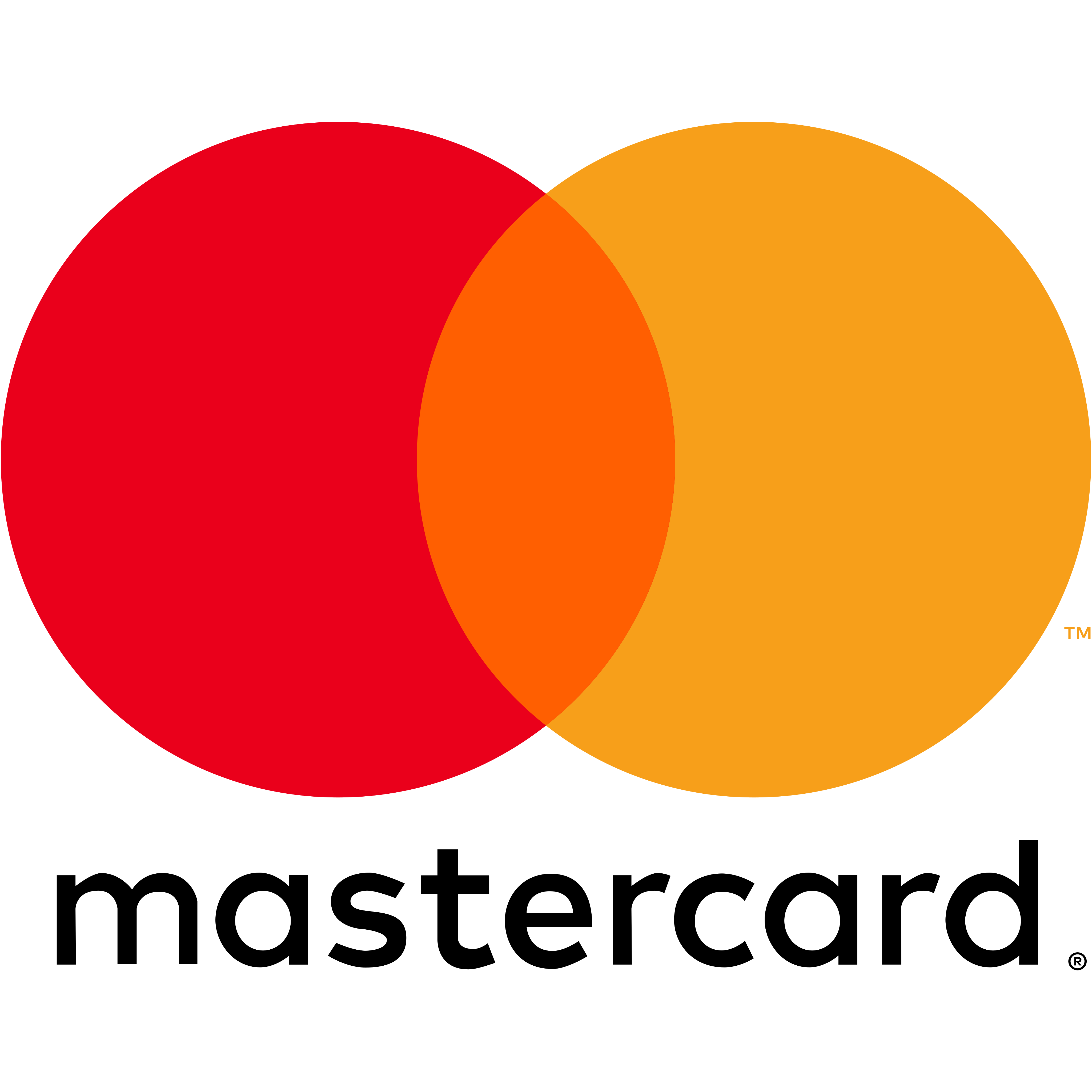BATON ROUGE, USA: Thousands of people have fled the US state of Louisiana as Hurricane Ida closes in from the Gulf of Mexico. Ida, a category four hurricane, with up to 240 kilometres per hour (150mph) sustained winds made landfall in Louisiana on Sunday, bringing a “life-threatening” storm surge.
Ida is likely to be stronger than Hurricane Katrina, which devastated much of New Orleans in 2005.
Traffic jams clogged motorways as residents heeded orders to evacuate.
The National Hurricane Center said, “potentially catastrophic wind damage and flooding rainfall will impact portions of the northern Gulf coast beginning later this morning” (Sunday).
The current 150mph maximum sustained wind speed is only 7mph short of a category five hurricane. No category five has ever hit Louisiana.
Governor John Bel Edwards warned residents on Saturday: “Your window of time is closing. By the time you go to bed tonight you need to be where you intend to ride the storm out and you need to be as prepared as you can be, because the weather will start to deteriorate very quickly tomorrow.”

The governor of neighbouring Mississippi has declared a state of emergency.
President Joe Biden said Ida was “turning into a very, very dangerous storm” and the federal government was ready to provide help.
The US city of New Orleans has lost power, with only generators working, as Hurricane Ida batters Louisiana.
Stunning video taken from inside the eye of #Ida this morning by the NESDIS Ocean Winds Research team during a flight on the @NOAA_HurrHunter P3 aircraft @NOAASatellites pic.twitter.com/sjt970Yeiq
— National Hurricane Center (@NHC_Atlantic) August 29, 2021
One person was killed when a tree fell on their home in Ascension Parish, in the Baton Rouge area.
Ida will test New Orleans’ flood defences, strengthened after Hurricane Katrina killed 1,800 people in 2005.
President Joe Biden said Ida would be “life-threatening”, with immense devastation likely beyond the coasts.
Over one million homes in Louisiana are without power, and Mr Biden said it could take weeks to restore supplies.
The president has declared a major disaster in the state, releasing extra funds for rescue and recovery efforts.

Ida gathered strength over the warm waters of the Gulf of Mexico during the weekend.
It made landfall on Sunday south of New Orleans as a category four hurricane – meaning it would cause severe damage to buildings, trees and power lines. As it moves inland, Ida’s winds have dropped to 95mph (155km/h), meaning it is now a category one storm.
In some places the storm surge could be as high as 16ft (4.8m), potentially submerging parts of the low-lying coastline.
It hit the US Gulf Coast region on the exact date Hurricane Katrina ravaged Louisiana and Mississippi 16 years ago, inundating historically Black neighbourhoods and killing more than 1,800 people.
Ida caused a “catastrophic storm surge, extreme winds and flash flooding in portions of Louisiana” and was expected to remain a hurricane through late Sunday night, the Miami-based NHC said in a later update.
It is moving towards New Orleans and Baton Rouge, as well as a key industrial corridor.
#Hurricane #Ida making landfall right now in Houma, Louisiana. Eyewall imminent !! pic.twitter.com/RFAiDFWlFd
— Mike Theiss (@MikeTheiss) August 29, 2021
Rain gusted through New Orleans on Sunday morning, where retired 68-year-old Robert Ruffin had evacuated with his family to a downtown hotel from their home in the city’s east. “I thought it was safer,” Ruffin told the Reuters news agency.

A day earlier, Louisiana Governor John Bel Edwards had warned that Ida could be the state’s worst direct hit by a hurricane since the 1850s. “This is not the kind of storm that we normally get,” Edwards told The Associated Press news agency.
“This is going to be much stronger than we usually see and, quite frankly, if you had to draw up the worst possible path for a hurricane in Louisiana, it would be something very, very close to what we’re seeing.”
The governor said he believed the state’s levees would be able to withstand the storm surge, though he expressed some doubt about parishes in the south. “Where we’re less confident is further south where you have other protection systems that are not built to that same standard,” he said.
Before the storm made landfall, Louisiana State Police tweeted that “conditions are quickly deteriorating” and urged residents to take cover. “If you have not evacuated and are in the affected area along the southeast and south-central gulf coast, please seek shelter immediately,” it said.
Dear TNT Reader,
At The News Tribe, our mission is to bring you free, independent, and unbiased news and content that keeps you informed and empowered. We are committed to upholding the highest standards of journalism, as we understand that we are a platform for truth.
Apart from independent global news coverage, we also commit our unique focus on the Muslim world. In an age marked by the troubling rise of Islamophobia and widespread misrepresentation of Muslims in Western media, we strive to provide accurate and fair coverage.
But to continue doing so, we need your support. Even a small donation of 1$ can make a big difference. Your contribution will help us maintain the quality of our news and counteract the negative narratives that are so prevalent.
Please consider donating today to ensure we can keep delivering the news that matters. Together, we can make a positive impact on the world, and work towards a more inclusive, informed global society.
Donate Monthly Subscription Annual Subscription




